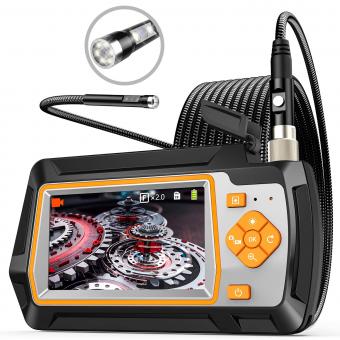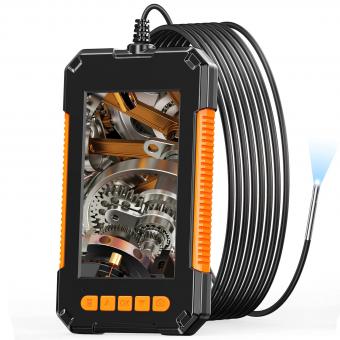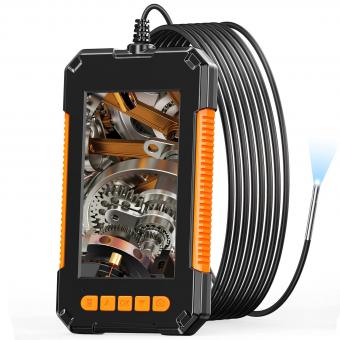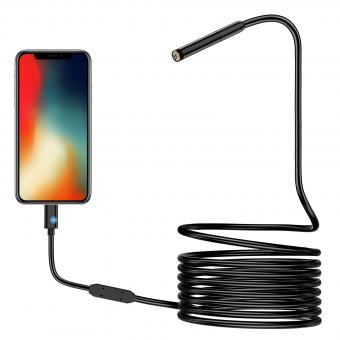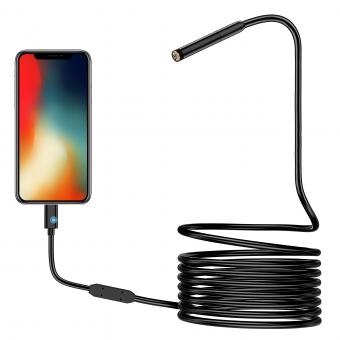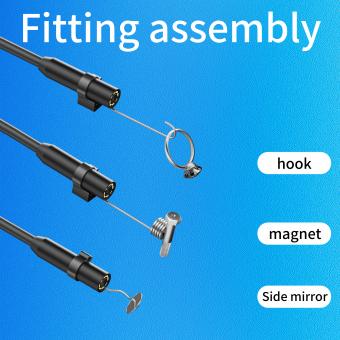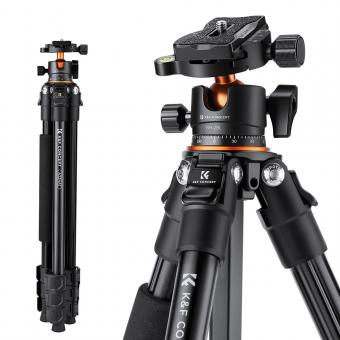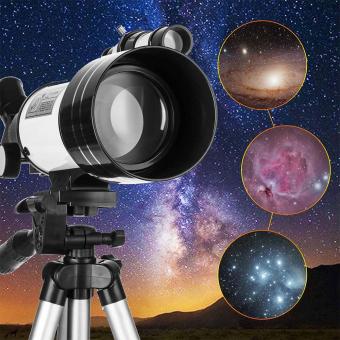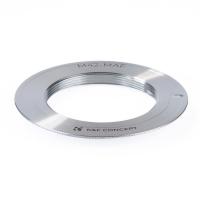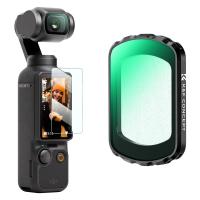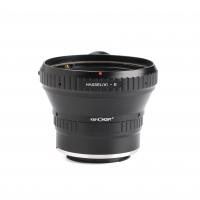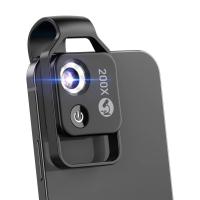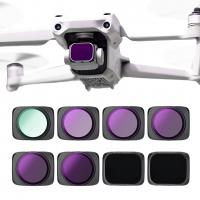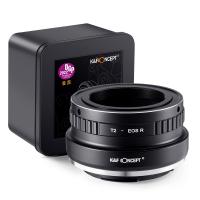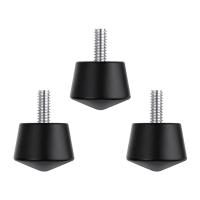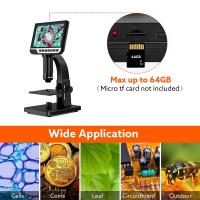Where Would You Find A Endoscope ?
An endoscope can typically be found in medical facilities such as hospitals, clinics, or specialized endoscopy centers. It is a flexible or rigid tube with a light and camera attached to it, used to visualize and examine the internal organs or cavities of the body. Endoscopes are commonly used in various medical procedures, including gastrointestinal examinations, arthroscopy, bronchoscopy, and laparoscopy, among others.
1、 Medical Instrumentation: Endoscope Usage in Diagnostic Procedures
An endoscope is a medical instrument used in diagnostic procedures to visualize and examine the internal organs and structures of the body. It is a flexible or rigid tube with a light source and a camera attached to it, allowing doctors to see inside the body without the need for invasive surgery.
Endoscopes are commonly used in various medical specialties, including gastroenterology, urology, pulmonology, gynecology, and otolaryngology. In gastroenterology, for example, endoscopes are used to examine the esophagus, stomach, and intestines for abnormalities such as ulcers, tumors, or inflammation. In urology, endoscopes are used to visualize the urinary tract, including the bladder and urethra, to diagnose conditions like kidney stones or urinary tract infections.
In recent years, there have been advancements in endoscope technology, leading to improved image quality, smaller and more maneuverable instruments, and the development of specialized endoscopes for specific procedures. For example, capsule endoscopy involves swallowing a small pill-sized camera that travels through the digestive system, capturing images along the way. This technology has revolutionized the diagnosis of gastrointestinal conditions, particularly in the small intestine, where traditional endoscopes cannot reach easily.
Endoscopes can be found in hospitals, clinics, and specialized medical centers where diagnostic procedures are performed. They are typically used by trained medical professionals, such as gastroenterologists, urologists, or pulmonologists, who have undergone specific training in endoscopy.
In conclusion, endoscopes are essential medical instruments used in diagnostic procedures to visualize and examine internal organs and structures. They can be found in various medical specialties and are used by trained professionals in hospitals, clinics, and specialized medical centers. The latest advancements in endoscope technology have improved diagnostic capabilities and expanded the range of procedures that can be performed using endoscopy.
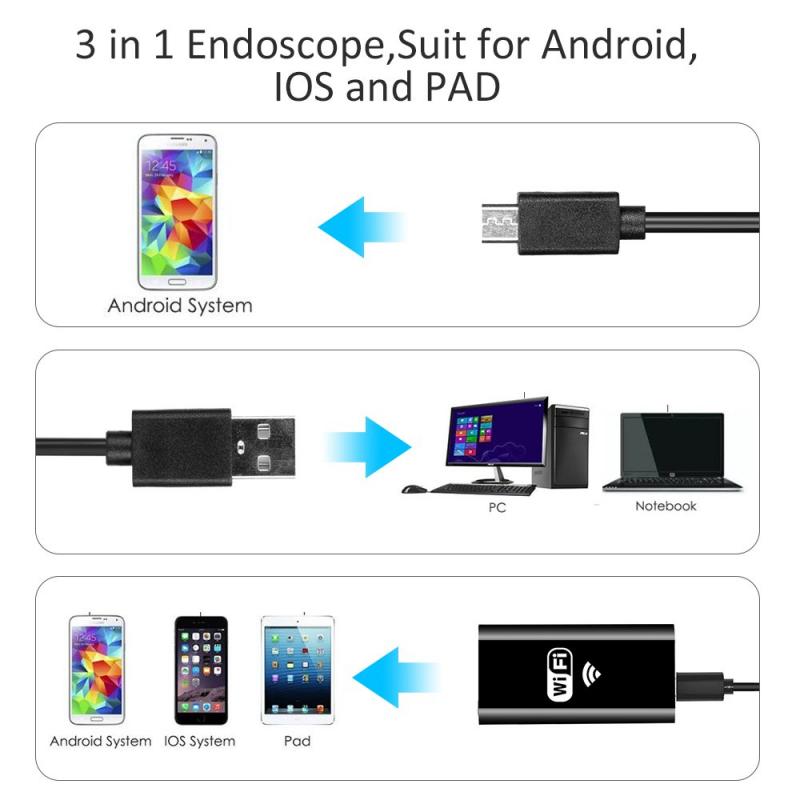
2、 Gastroenterology: Endoscopy for Examining the Digestive Tract
Where would you find an endoscope? Gastroenterology: Endoscopy for Examining the Digestive Tract
An endoscope is a medical device used for examining the internal organs and structures of the body. It is a long, flexible tube with a light and camera attached to it, allowing doctors to visualize and diagnose various conditions. One of the most common areas where endoscopes are used is in the field of gastroenterology, specifically for examining the digestive tract.
Gastroenterologists are medical specialists who focus on the diagnosis and treatment of diseases and disorders of the digestive system. They use endoscopes to perform procedures such as esophagogastroduodenoscopy (EGD), colonoscopy, and sigmoidoscopy. These procedures allow them to visualize the esophagus, stomach, small intestine, colon, and rectum, and detect abnormalities such as ulcers, polyps, tumors, and inflammation.
Endoscopy has revolutionized the field of gastroenterology by providing a minimally invasive alternative to traditional surgical procedures. It allows doctors to directly visualize the digestive tract without the need for large incisions, reducing patient discomfort, and recovery time. Additionally, endoscopes can be used to take biopsies, remove polyps, and treat certain conditions, further enhancing their diagnostic and therapeutic capabilities.
In recent years, there have been advancements in endoscopic technology, such as the development of high-definition cameras and narrow-band imaging. These advancements have improved the quality of images obtained during endoscopy, allowing for better visualization and detection of abnormalities. Furthermore, there has been a growing interest in the use of artificial intelligence and machine learning algorithms to aid in the interpretation of endoscopic images, potentially improving diagnostic accuracy and efficiency.
In conclusion, endoscopes are commonly found in the field of gastroenterology for examining the digestive tract. They have revolutionized the diagnosis and treatment of gastrointestinal conditions, providing a minimally invasive alternative to surgery. With ongoing advancements in technology, endoscopy continues to evolve, offering improved visualization and diagnostic capabilities.
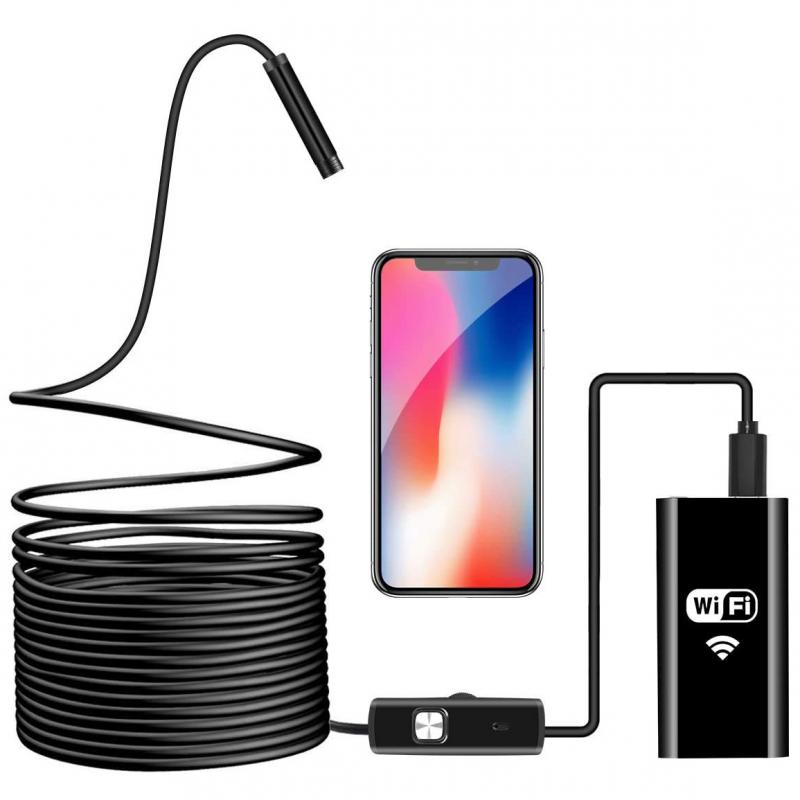
3、 Surgical Techniques: Utilizing Endoscopes in Minimally Invasive Surgeries
Where would you find an endoscope? Endoscopes are commonly used in various medical procedures, particularly in minimally invasive surgeries. These procedures involve making small incisions and using specialized instruments to access and treat internal organs or structures. Endoscopes are essential tools in these surgeries as they provide a visual guide for surgeons to navigate and perform precise interventions.
Endoscopes can be found in operating rooms and surgical suites of hospitals and medical centers. They are typically stored in sterile containers to maintain their cleanliness and prevent contamination. The endoscope itself is a long, flexible tube with a light and camera at one end, allowing surgeons to visualize the internal organs or structures on a monitor.
In recent years, there have been advancements in endoscopic technology, leading to the development of more sophisticated and specialized endoscopes. For example, there are now endoscopes with high-definition cameras, which provide clearer and more detailed images. Additionally, there are endoscopes with built-in tools such as forceps or scissors, enabling surgeons to perform procedures directly through the endoscope without the need for additional instruments.
Endoscopes are used in a wide range of surgical specialties, including gastroenterology, urology, gynecology, and orthopedics. They are used to diagnose and treat conditions such as gastrointestinal disorders, urinary tract problems, gynecological abnormalities, and joint injuries. The use of endoscopes in these surgeries offers several advantages over traditional open surgeries, including smaller incisions, reduced pain and scarring, shorter recovery times, and lower risk of complications.
In conclusion, endoscopes are essential tools in minimally invasive surgeries and can be found in operating rooms and surgical suites of hospitals and medical centers. With advancements in technology, endoscopes have become more advanced and specialized, allowing for more precise and efficient procedures. The use of endoscopes in minimally invasive surgeries continues to evolve, offering patients safer and more effective treatment options.

4、 Veterinary Medicine: Endoscopy Applications in Animal Healthcare
In the field of Veterinary Medicine, endoscopy has become an invaluable tool for diagnosing and treating various conditions in animals. An endoscope is a flexible or rigid tube with a light and camera attached to it, allowing veterinarians to visualize the internal organs and structures of animals without the need for invasive surgery.
Endoscopy is commonly used in veterinary clinics and hospitals to examine the gastrointestinal tract of animals. It can help identify issues such as ulcers, tumors, foreign bodies, and inflammation in the esophagus, stomach, and intestines. Additionally, endoscopy can be used to evaluate the respiratory system, urinary tract, and reproductive organs of animals.
Veterinary endoscopy equipment can be found in specialized veterinary clinics, animal hospitals, and veterinary teaching institutions. These facilities are equipped with state-of-the-art endoscopes and related instruments to ensure accurate and efficient diagnosis and treatment.
The latest advancements in endoscopy technology have further enhanced its applications in animal healthcare. For instance, veterinarians now have access to high-definition video endoscopes, which provide superior image quality and allow for better visualization of the animal's internal structures. Additionally, there are now miniaturized endoscopes available, specifically designed for use in small animals or exotic species.
Endoscopy in veterinary medicine not only aids in diagnosis but also enables minimally invasive procedures. For example, veterinarians can use endoscopy to remove foreign bodies from the gastrointestinal tract or perform biopsies to obtain tissue samples for further analysis. This minimally invasive approach reduces the risk of complications, shortens recovery time, and improves overall patient outcomes.
In conclusion, endoscopy is an essential tool in veterinary medicine, and it can be found in specialized veterinary clinics, animal hospitals, and veterinary teaching institutions. The latest advancements in endoscopy technology have expanded its applications, allowing veterinarians to provide more accurate diagnoses and perform minimally invasive procedures, ultimately improving the quality of care for animals.



